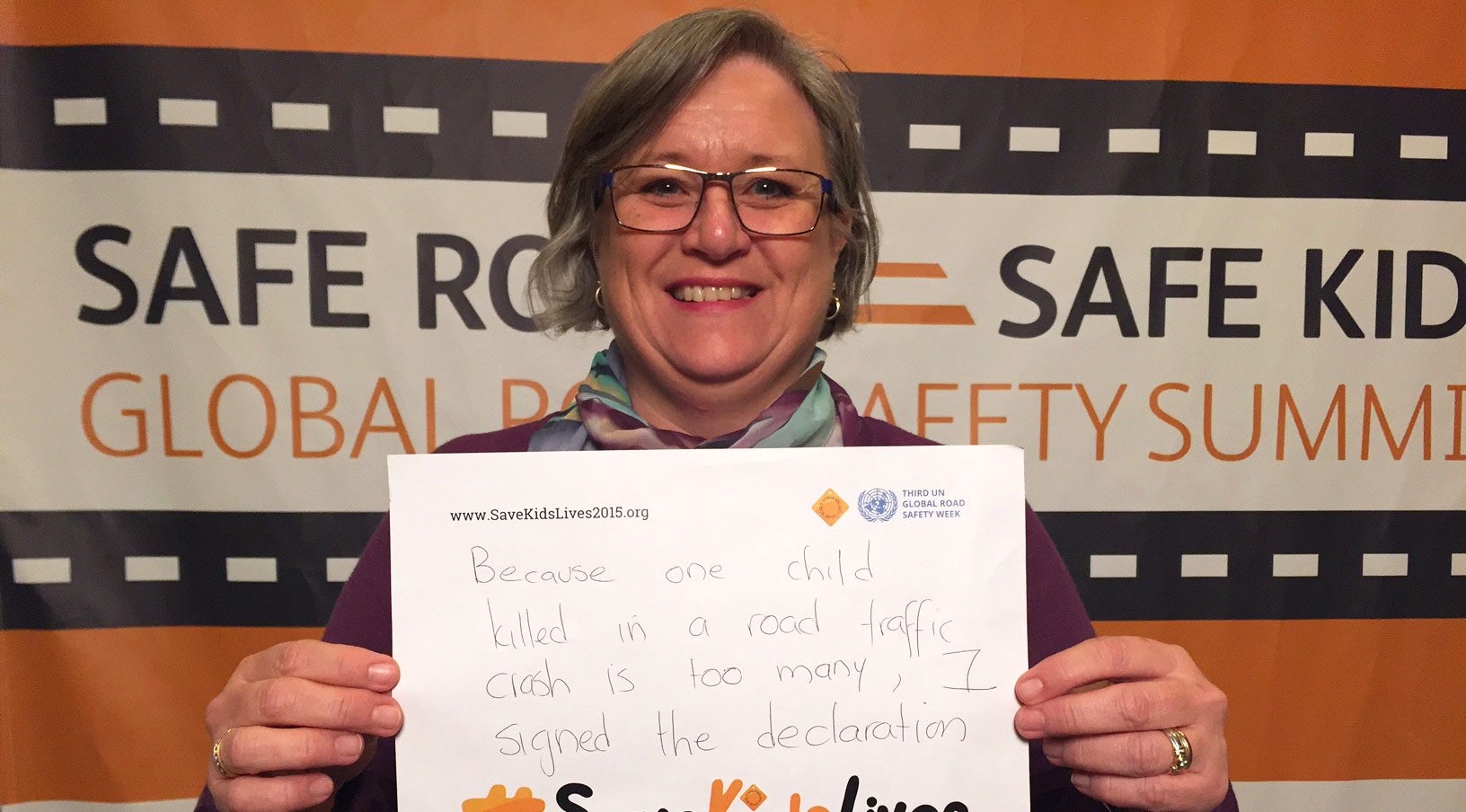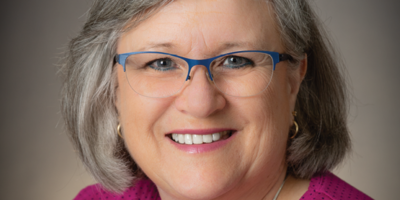
Margie Peden: preventing injuries in resource-strapped countries
Meet Dr Margie Peden, Senior Research Fellow and Head of the Global Injury Programme.
How long have you been working at The George Institute?
I started at the beginning of September 2017.
What is your professional background?
I’m a nurse and an epidemiologist. I worked in a hospital in Cape Town, South Africa for many years before I moved to the National Trauma Research Programme at the South African Medical Research Council. After that I was at the World Health Organization for 17 years, coordinating the Unintentional Injury Prevention unit. That covered all kinds of unintentional injuries, and was focused on policy and practice – for example, giving guidance to health ministers on injury prevention programmes. It also involved writing lots of books, chapters and guidelines.
What attracted you to working at The George Institute?
I wanted a new challenge, and to go back into research in order to fill some of the gaps. Often I would be talking to ministers and high-level policymakers about what works in terms of preventing injuries, and there just wasn’t any evidence from Low-Income Countries. There are some really inexpensive things you can put in place, but you need to be able to show some evidence that they work; you can’t just assume policies from High-Income Countries will translate, because the contexts are so different. I want to look at filling some of those gaps.
I also believe we’re here to grow the next generation of injury epidemiologists, so I want to teach as much as possible. I will be combining my role at The George with a teaching position at the International Injury Research Unit at John Hopkins University.
What does your work focus on?
My work focuses on how to prevent unintentional injuries, particularly in resource-strapped countries. There are plenty of interventions that could save lives. I don’t really like referring to ‘accidents’, because it makes them sound inevitable, which they are not; they are predictable and therefore preventable.
Road injuries are the biggest issue, but drowning and falls are also significant problems. I’m going to be conducting research on what works, specifically in developing countries.
What is a recent professional highlight?
While I was with the World Health Organization, there was an injection of around $300 million into road safety for Low- and Lower Middle-Income Countries, to implement known good practices. That’s really saving lives.
What difference will your work with The George Institute make to healthcare and why?
We’ll be providing evidence on how to prevent injuries before they happen. But we also hope to look at the post-crash phase, working with nurses – who are the mainstay of healthcare provision in developing countries – to provide optimum treatment management. In some developing countries, traumatic injuries account for up to 70%-80% of the caseloads in emergency rooms. If you can stop these injuries upstream, there are enormous gains for healthcare systems, both financially and in terms of workforce needs.
Why do you enjoy working at The George Institute?
The wonderful people, the exciting prospects, and the possibility of making a difference.
My biggest achievement so far…
Conducting a workshop on monitoring and evaluation for the Botnar Child Road Safety Challenge, a $15 million, multi-country project on child road safety, coordinated by the Global Road Safety Partnership. The George Institute won the grant to conduct the monitoring and evaluation for the project over the next five years.
To unwind at the end of the day I…
I garden, and I like craft activities – sewing and cross-stitch. I also like to bake a good cake.
My first job was…
As a nurse at the Groote Schuur Hospital in Cape Town, which is the hospital where the first human heart transplant took place. I actually worked with Christiaan Barnard (the doctor who performed the first transplant) while I was there.
I work at The George Institute because…
I want to reduce the number of people who unnecessarily die or are injured as a result of preventable injuries.





